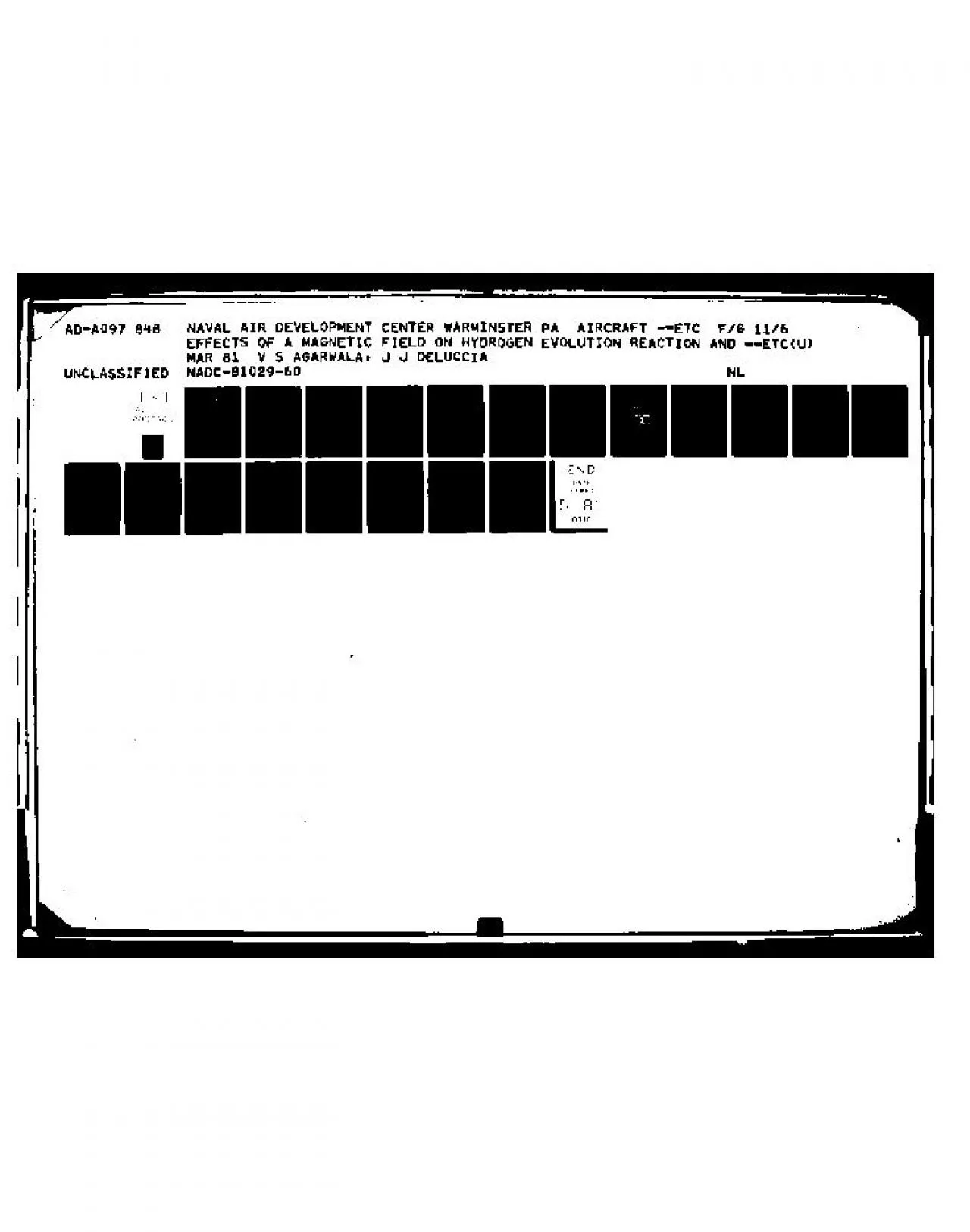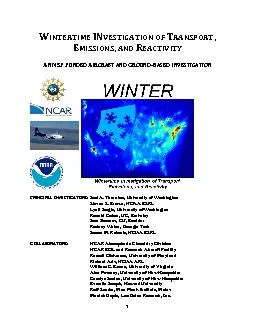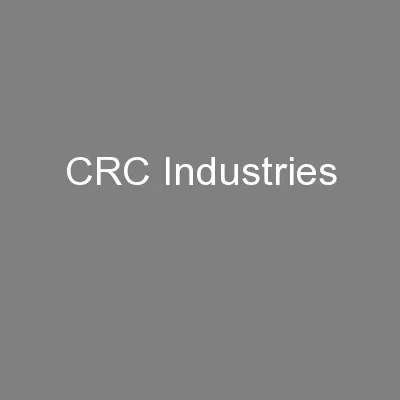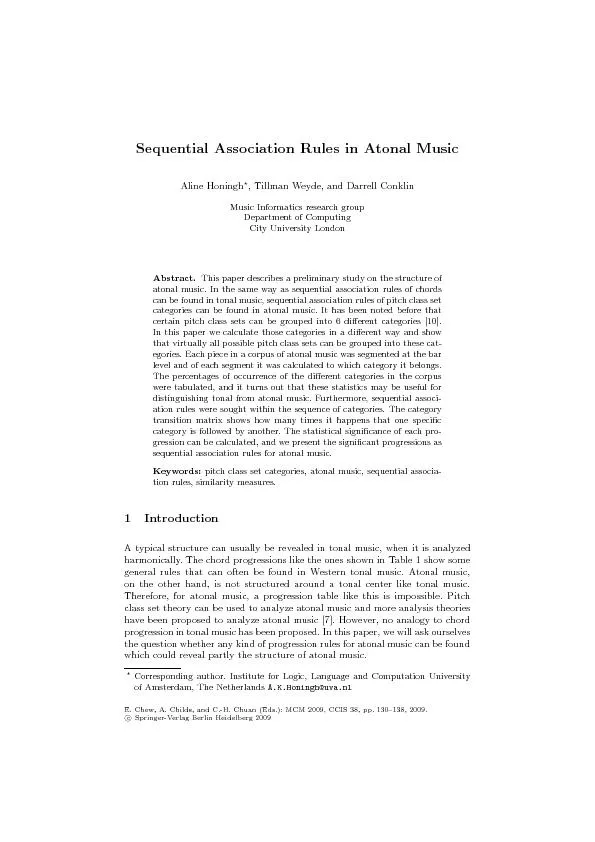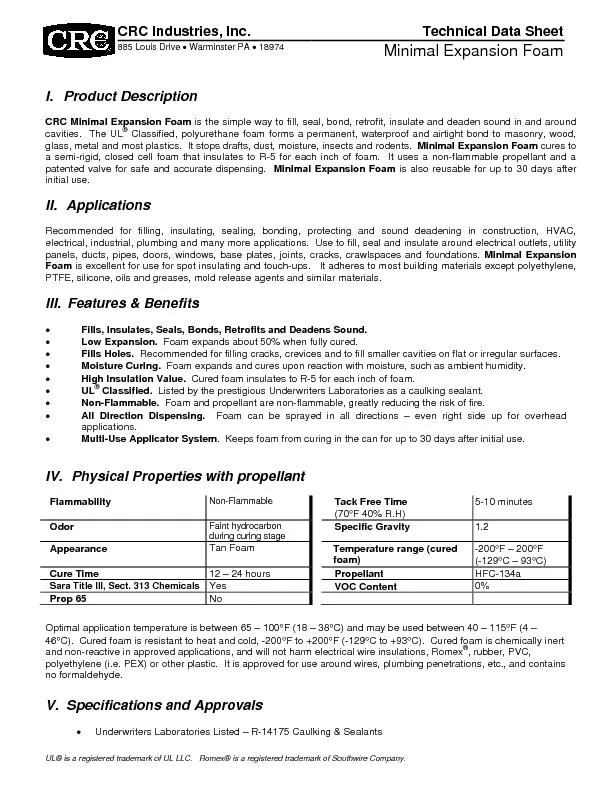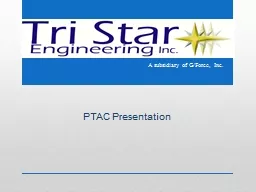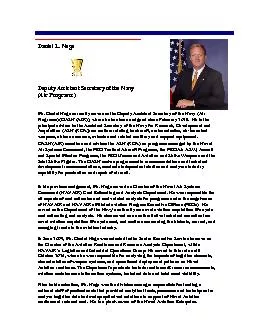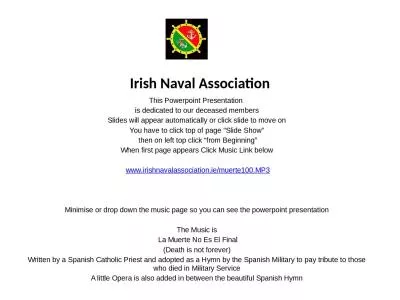PDF-AD07848 NAVAL AIR DEVELOPMENT CENTER WARMINSTER PA A IRCRAFT ETC FIG 1
Author : ashley | Published Date : 2021-08-31
EFFECTS OF A MAG NETIC FIELD ON HYDROGEN EVOLUT ION REACTION AND ETCUMAR 81 V S AGARWALA J J DELUCCiAUNCLASSIFIED NADC8102960 NSEhENEEEESEEEEEEEEw tIOT NO NADC8102960I
Presentation Embed Code
Download Presentation
Download Presentation The PPT/PDF document "AD07848 NAVAL AIR DEVELOPMENT CENTER WAR..." is the property of its rightful owner. Permission is granted to download and print the materials on this website for personal, non-commercial use only, and to display it on your personal computer provided you do not modify the materials and that you retain all copyright notices contained in the materials. By downloading content from our website, you accept the terms of this agreement.
AD07848 NAVAL AIR DEVELOPMENT CENTER WARMINSTER PA A IRCRAFT ETC FIG 1: Transcript
Download Rules Of Document
"AD07848 NAVAL AIR DEVELOPMENT CENTER WARMINSTER PA A IRCRAFT ETC FIG 1"The content belongs to its owner. You may download and print it for personal use, without modification, and keep all copyright notices. By downloading, you agree to these terms.
Related Documents

